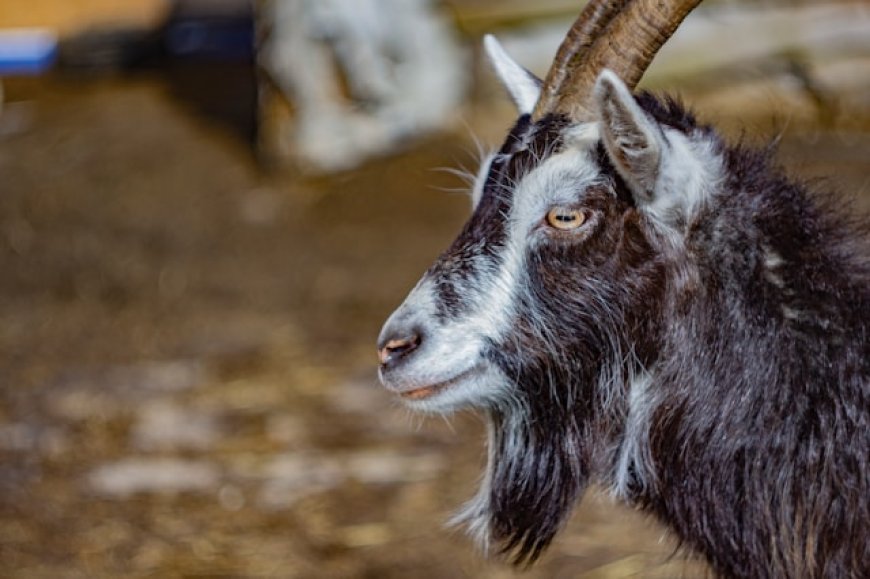Why Do Goats Scream Like Humans? | Farmyard Science Explained
Discover why goats scream like humans. Explore the science, behavior, and reasons behind these dramatic farmyard sounds in this fun and factual guide.

When a goat is screaming the sound is shocking and similar to that of a human in distress. This behavior has fascinated farmers and scientists. First we will understand how and why goats vocalize to understand why goats scream. Goats use vocalization as a form of communication like other animals. Their bleats can vary in tone, pitch, volume and frequency depending on the situation.
Humans can laugh, cry or shout to express different emotions or needs. On the other hand goats adjust their vocalization to convey everything from hunger and loneliness to fear or excitement. There are several types of goat sounds. These are:
1. Soft murmurs used between mothers and kids
2. Low bleats are used for general communications
3. Screams or loud bleats are associated with stress or urgency and often grabs human attention
Goats and humans are mammals with similar structures in their vocal tracts. This brings similarity between both human scream and goat scream. The key parts involved in sound production include the lyrics, the vocal cords and the resonating chambers.
Goats have some overlapping anatomical features like humans that is why the sounds they produce can sometimes occupy similar frequency ranges. This particularly happens when goats are under stress or high emotions. Their vocal cords tighten, and the resulting pitch and modulation can resemble a human scream.
The most fascinating aspect of goat vocalization is how it may have been influenced by domestication. Studies have shown that domesticated animals often evolve communication strategies that enhance their interaction with humans. Over thousands of years, goats have learned to make their needs known to their human caretakers, and vocalization is one efficient way to do that.
Goats that were more expressive or vocal might have been more successful in attracting attention from humans, especially in cases of hunger, distress, or mating. These traits could then have been passed down through generations, gradually increasing the vocal range and expressiveness of domestic goat populations.
The vocal anatomy of goats allow for surprisingly human-like sounds. Their emotional intelligence and social needs give them plenty of reasons to make noise. The next time you hear a goat scream, you must know the message behind the noise. It might be hunger, stress or excitement.
What's Your Reaction?
 Like
7
Like
7
 Dislike
0
Dislike
0
 Love
0
Love
0
 Funny
0
Funny
0
 Angry
0
Angry
0
 Sad
0
Sad
0
 Wow
1
Wow
1








































































